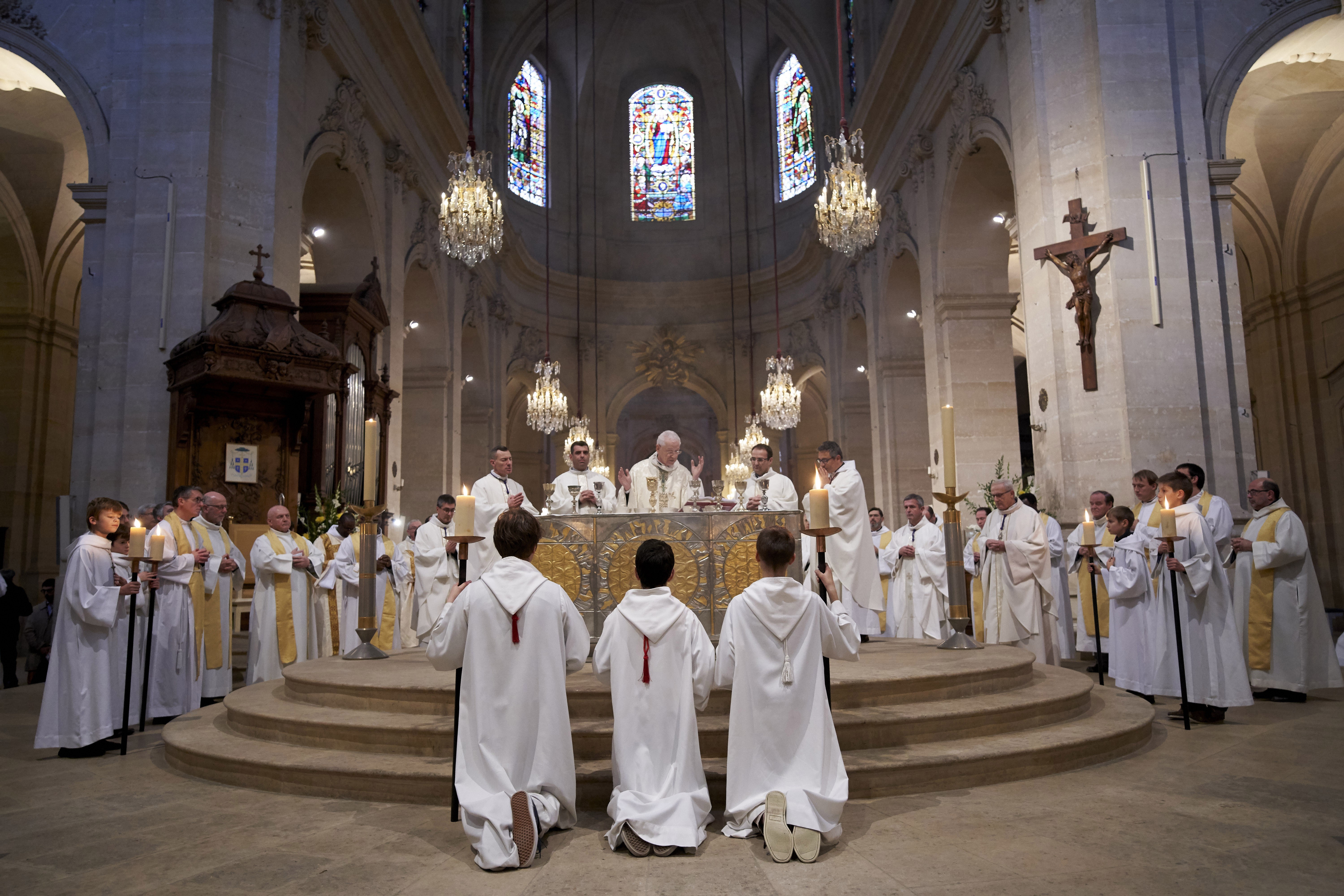The autel eglise, or altar, stands at the center of a church, signifying its most sacred space. It acts as a symbolic bridge between the divine and the human, the table upon which the priest celebrates the sacrifice of Christ through the Eucharist. This central role reflects a tradition dating back centuries, predating even Christianity.
A History of Sacred Spaces
Long before the Christian era, ancient civilizations utilized sacred tables, known as altars, for their religious rites. These tables served as platforms for sacrifices and offerings, often food, presented in honor of their deities. Initially situated within homes, these altars eventually transitioned to public spaces, foreshadowing their prominent position in modern churches.
The word “altar” originates from the Latin word altus, meaning “high” or “elevated.” This etymology reflects the belief in ascending towards the heavens to draw closer to God. Mountains and hills, naturally elevated landscapes, were often chosen as sacred sites for worship. Symbolically, the altar represents the highest point within a church, the point of connection between the earthly and the divine. By placing offerings upon the altar, they are symbolically raised closer to God, transitioning from the profane to the sacred.
The Evolution of the Autel Eglise
In early Christianity, altars were mobile, moved as needed for services. It wasn’t until the 4th century that they acquired a fixed and prominent location within the church. In Christian churches, the main altar, known as the high altar, is always positioned centrally within the choir, the area reserved for the clergy.
The altar’s placement has shifted throughout history. While once positioned at the back of the choir against the wall, particularly when Mass was celebrated with the priest’s back to the congregation, it is now commonly placed in the center of the choir, ensuring visibility for all worshippers. Regardless of its specific location, the altar’s central position emphasizes the importance of the Eucharist in Christian worship. Larger churches may feature secondary altars within side chapels, but the main altar remains the focal point.
Consecration and Symbolism of the Autel Eglise
To be deemed worthy of celebrating the sacrifice of Christ, an altar must undergo consecration. Traditionally crafted from a single large stone, the consecration ceremony involves the priest anointing the altar with chrism, a holy oil blessed by the bishop on Holy Thursday. Five crosses, symbolizing the five wounds of Christ, are also inscribed on the altar: one in the center and one at each corner.
Altars are typically adorned with cloths, incense, and candles, further highlighting their sacred significance. During Mass, the priest kisses the altar as a gesture of reverence. Often constructed from stone or precious materials, though sometimes wood, altars may also house relics of saints beneath their surface. These relics symbolize the saints’ physical presence and their role as intercessors between God and humanity, between the living and those in eternal life. For Christians, a church without an autel eglise is a church without a soul. It is the cornerstone of the entire edifice, mirroring the role of Christ in His Church.


